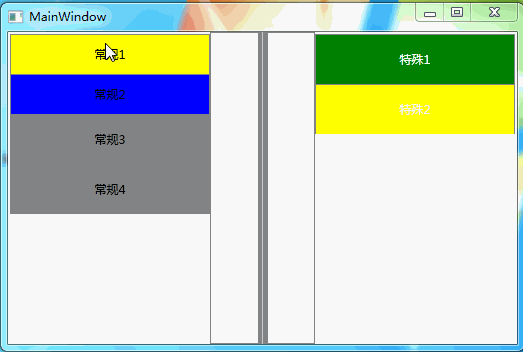旧地址:http://blog.canself.com/nhibernate_conn/
此文仅介绍NHibernate连接数据库配置;有关NHibernate的介绍此处不做详解,具体见NHibernate资料汇总页。
想用NHibernate,首先得连接数据库,下面就看看NHibernate的数据库连接。
关于不同数据库连接的简单配置,其实官方提供了许多【官方包中的Configuration Templates】-学习之初可以使用。
步骤【一般处理】:
1、添加hibernate.cfg.xml;
注:记得修改文件的属性“复制到输出目录”,改为始终复制或较新复制
2、添加文件内容,代码如下:【下为sqlite数据库配置】
1 2 3 4 5 6 7 8 9 10 <?xml version="1.0" encoding="utf-8" ?> <hibernate-configuration xmlns ="urn:nhibernate-configuration-2.2" > <session-factory name ="MySessionFactory" > <property name ="connection.driver_class" > NHibernate.Driver.SQLite20Driver</property > <property name ="connection.connection_string" > Data Source=nhibernate.db;Password=12345678</property > <property name ="dialect" > NHibernate.Dialect.SQLiteDialect</property > </session-factory > </hibernate-configuration >
3、添加cs代码
1 2 3 ISessionFactory sessionFactory = (new Configuration()).Configure().BuildSessionFactory(); sessionFactory.OpenSession(); sessionFactory.Close();
执行即可【注:sqlite中open不验证密码,此处可能无法验证其连接字符串正确性,可以换其他数据库尝试】
关于数据库的配置,不仅仅可以在hibernate.cfg.xml中配置数据库连接,亦可以在app.config中配置,代码如下:
1 2 3 4 5 6 7 8 9 10 11 12 13 14 15 16 17 18 19 20 <?xml version="1.0" encoding="utf-8" ?> <configuration > <configSections > <section name ="hibernate-configuration" type ="NHibernate.Cfg.ConfigurationSectionHandler, NHibernate" /> </configSections > <hibernate-configuration xmlns ="urn:nhibernate-configuration-2.2" > <session-factory name ="MySessionFactory" > <property name ="connection.driver_class" > NHibernate.Driver.SQLite20Driver</property > <property name ="connection.connection_string" > Data Source=nhibernate.db;Password=12345678</property > <property name ="dialect" > NHibernate.Dialect.SQLiteDialect</property > </session-factory > </hibernate-configuration > <startup > <supportedRuntime version ="v4.0" sku =".NETFramework,Version=v4.0" /> </startup > </configuration >
同样,可以使用hibernate.cfg.xml和app.config同时配置,相同的项会使用hibernate.cfg.xml配置会覆盖app.config的配置。
实际使用中,有时会出现需要连接多个数据库,可以通过手动指定配置文件来加载数据库连接,如下:【我们添加了一个second.cfg.xml文件,处理与hibernate.cfg.xml处理类似】
1 2 3 ISessionFactory secondsessionFactory= (new Configuration()).Configure(Path.Combine(AppDomain.CurrentDomain.BaseDirectory, "second.cfg.xml" )).BuildSessionFactory(); secondsessionFactory.OpenSession(); secondsessionFactory.Close();
好了,简单连接配置这么多应该都用了。
下面看看hibernate.cfg.xml中的每一项的配置意义。【NHibernate.Cfg.Environment中列举了许多】
首先是上面用到的
—
—
connection.driver_class
连接驱动【某些数据库连接可省,有dialect即可】
connection.connection_string
数据库连接字符串
dialect
sql方言【自己意会啥意思吧】
具体有哪些sql方言,直接上官网去看吧,挺多的。
下面是一些比较常用的配置:
1 2 3 4 5 6 7 8 9 10 11 12 13 14 15 16 17 18 19 20 <property name ="adonet.batch_size" > 1</property > <property name ="hbm2ddl.auto" > update </property > <property name ="max_fetch_depth" > 1</property > <property name ="show_sql" > true</property > <property name ="query.substitutions" > true 1,false 0</property > <property name ="cache.use_query_cache" > true</property > <property name ="cache.use_second_level_cache" > true</property >
其中有一个没有加进去,proxyfactory.factory_class——因这个我网上查了许多,一开始就是不知道他是干哈的,最后才有所理解,其实际知识点是“动态代理”,基础不行,后面再好好看看这一块。

